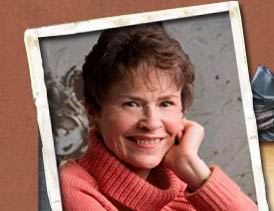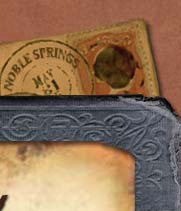
Loving Frank had been out for a couple of years before I got around to reading it. The book is a novelized version of the scandalous affair between Frank Lloyd Wright and Mamah Borthwick Cheney.
Knowing nothing about their history, I was more curious about the architect's early life than I was about Mamah Cheney. Having lived for several years in the San Francisco Bay Area, I regularly drove past the Marin Civic Center in San Rafael. That beautiful building, designed by Frank Lloyd Wright, faces Highway 101 so I got a good look at it when traffic was slow.
In Loving Frank, Horan explains Wright's thinking in his design of the original Taliesin house in Wisconsin, which he built for himself and Mamah. As I read the book, I could picture the Marin Civic Center and understand his philosophy in the orientation of the building.
Loving Frank is, however, first and foremost a novel about two people who are irrevocably drawn to each other. Whatever I may think of their decision to leave their families and children to live together, there’s no denying the bond between them. At times the book bogged down in trying to explain Mamah as a person, whereas Frank Lloyd Wright is now such a legend that he was easier to understand.
The story moved right along, and kept me turning the pages. The ending was a stunner, since I knew nothing of their history before I read Loving Frank. In fact, I had to discipline myself not to Google them while I read so I could find out what happened. I’m glad I waited. If you read Loving Frank, I hope you do so without knowing "the rest of the story," so you can be as surprised as I was.
Loving Frank is general market fiction, and was on the bestseller lists. The historical details of Europe pre-World War One fascinated me. I liked the novel best for the look at Frank Lloyd Wright’s early life, but overall it was a good story. If you enjoy historical fiction written about real people, you’ll like Loving Frank.














